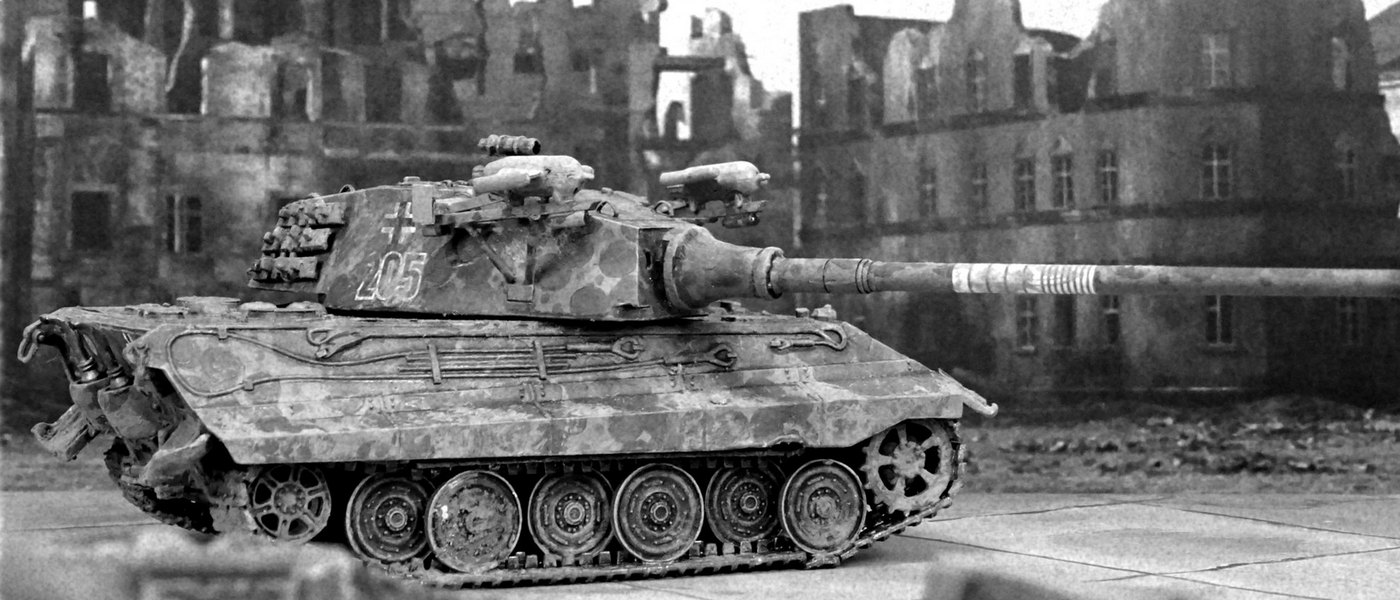What materials can be used to simulate soil in a diorama? They can be divided into two main groups. The first includes materials for rough surface modeling. These are materials that are out of scale and help fill in the voids when shaping the surface of the diorama. Polyfoam, polystyrene granules, sand, papier-mâché are the best suited for these purposes.
The materials of the second group are used for more delicate work. They must convey the realism of the diorama and correspond to the scale.
In turn, they can be divided into organic materials (sawdust, tea, coffee) and inorganic (salt, soda, clay, soil, grated brick). This separation is important when choosing binders that can be both water-soluble and non-aqueous.
What to make the ground in the diorama?
When using water-soluble binders, some soil components may dissolve (soda, salt), and organic components swell (tea, coffee). True, in the latter case there is also a positive point: this way you can imitate dry and cracked soil. Note that inorganic materials can also shrink. This is due to the structure of the material itself. Porous materials (chalk) shrink more than layered materials (talc). All this has to be taken into account when working on an imitation of the surface of a diorama.
The use of clay and soil has some limitations in terms of scale. This is exactly the case when excessive scale interferes with the normal perception of work. The introduction of other, coarser components (drunk tea, coffee) into the components used will help to avoid mistakes.
Before work, it is advisable to prepare the materials – grind, paint, etc. Soda, salt should be painted in the desired color. To do this, dilute the alkyd or nitro paint of the selected color with a solvent and place it in some container. Add soda or salt until the paint is completely absorbed. We dry the resulting mass and then use it in the form of powder or pieces. By using various colors and shades for painting, you can get a rich palette of materials for imitating the soil.
Polyfoam is convenient to use in the form of thin plates. Using the methods of cartography, we proceed to the formation of the relief of the diorama. Having drawn the contours of the relief on a sheet of paper, transfer them to the foam plates and cut them along the contour.
We place the cut plates according to the selected relief and fix them with glue and toothpicks.
After drying, we proceed to smoothing the ledges. This can be done by cutting off excess material. Styrofoam works well with a hot knife. Also, the ledges can be eliminated (smoothed) with the help of rough modeling materials – polyethylene granules, it is advisable to glue the surfaces with a napkin or paper towel.
Polyethylene is an inert material. It does not dissolve, does not swell, does not interact with other components, i.e. has remarkable properties for our purposes when creating dioramas. Its granules, mixed with thick PVA glue, adhere perfectly and allow you to form various reliefs and surfaces.

